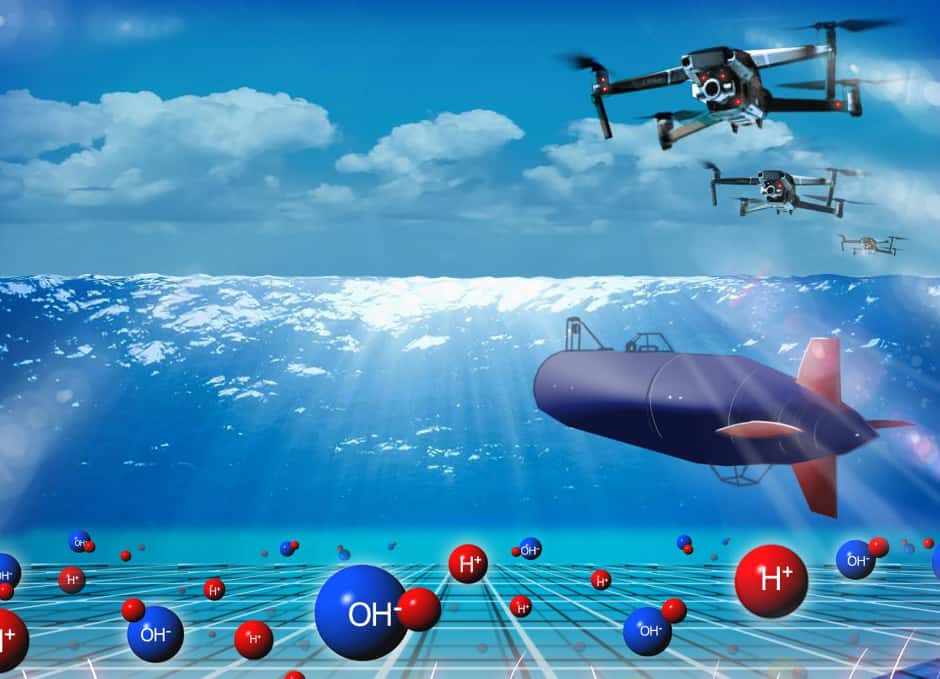
The advance from a team of engineers in the McKelvey School of Engineering at Washington University in St. Louis is reported in Nature Energy.
Led by Vijay Ramani, the Roma B. and Raymond H. Wittcoff Distinguished University Professor, the team’s pH-gradient-enabled microscale bipolar interface (PMBI) could power unmanned underwater vehicles, drones and eventually electric aircraft ‘at significantly lower cost’.
"The pH-gradient-enabled microscale bipolar interface is at the heart of this technology," said Ramani, also professor of energy, environmental & chemical engineering. "It allows us to run this fuel cell with liquid reactants and products in submersibles, in which neutral buoyancy is critical, while also letting us apply it in higher-power applications such as drone flight."
The fuel cell developed at Washington University uses an acidic electrolyte at one electrode and an alkaline electrolyte at the other electrode. Typically, the acid and alkali will quickly react when brought in contact with each other. In a statement, Ramani said the key breakthrough is the PMBI, which is thinner than a strand of human hair. Using membrane technology developed at the McKelvey Engineering School, the PMBI can keep the acid and alkali from mixing, forming a sharp pH gradient and enabling the successful operation of this system.
"Previous attempts to achieve this kind of acid-alkali separation were not able to synthesise and fully characterise the pH gradient across the PMBI," said Shrihari Sankarasubramanian, a research scientist on Ramani's team. "Using a novel electrode design in conjunction with electroanalytical techniques, we were able to unequivocally show that the acid and alkali remain separated."
Lead author Zhongyang Wang, a doctoral candidate in Ramani's lab, said: "Once the PBMI…was proven to work effectively, we optimised the fuel cell device and identified the best operating conditions to achieve a high-performance fuel cell. It has been a tremendously challenging and rewarding pathway to developing the new ion-exchange membranes that has enabled the PMBI."
"This is a very promising technology, and we are now ready to move on to scaling it up for applications in both submersibles and drones," Ramani said.




April 1886: the Brunkebergs tunnel
First ever example of a ground source heat pump?